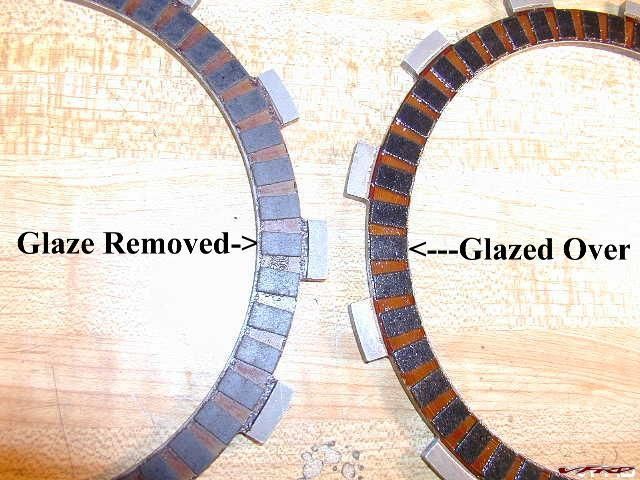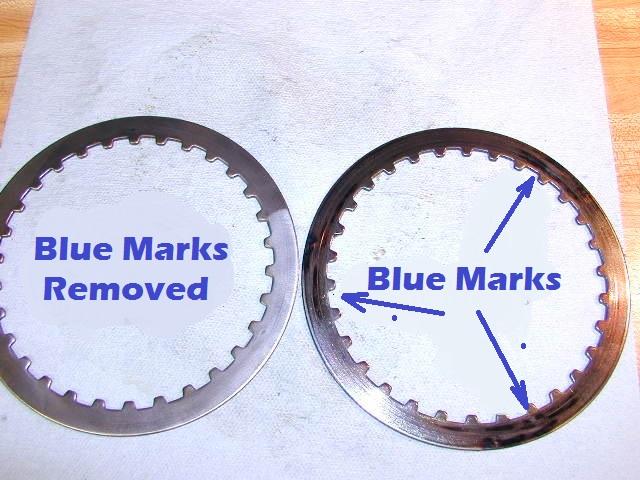So I have a bucket of Penrite Engine Oil flush:
 www.penriteoil.com.au
www.penriteoil.com.au
I asked here if this stuff was appropriate for a wet clutch running in the same oil as the engine, and got a sort of indirect, 'yes, it is fine'....:
 www.penriteoil.com.au
www.penriteoil.com.au
Can anyone tell me more about what is in these engine oil flush treatments, and whether there is any wisdom in using it (at all) and whether it would be okay in a wet clutch application with lubrication via the engine oil?
Thanks!
ENGINE FLUSH | Penrite Oil
Engine Flush is a solvent free, engine cleaning formulation that removes engine deposits, sludge and contaminants with the oil service drain. It contains added zinc for engine wear protection and its fast acting formulation works in 10 minutes. The solvent free formulation protects gaskets and...
I asked here if this stuff was appropriate for a wet clutch running in the same oil as the engine, and got a sort of indirect, 'yes, it is fine'....:
Engine Flush on motorcycle with wet clutch lubricated by engine oil | Penrite Oil Forum | Penrite Oil
Hi, I'm about to change the oil and filters in my motorcycle (600cc single cylinder dirt bike) and wanted to know if it is safe/adviseable to use the Penrite Engine Flush, as this motorcycle has a wet clutch in the same oil as the engine (i.e. no seperate transmission oil, which some...
Can anyone tell me more about what is in these engine oil flush treatments, and whether there is any wisdom in using it (at all) and whether it would be okay in a wet clutch application with lubrication via the engine oil?
Thanks!



